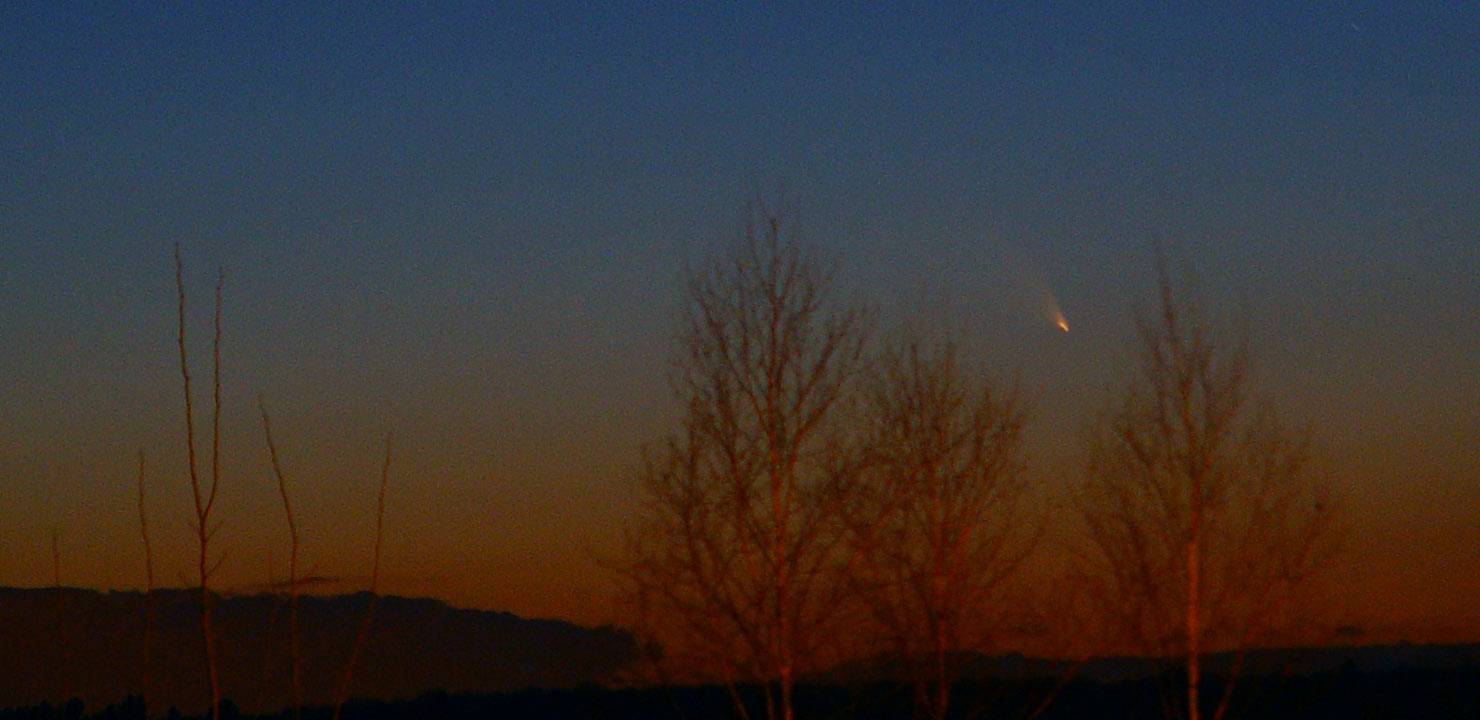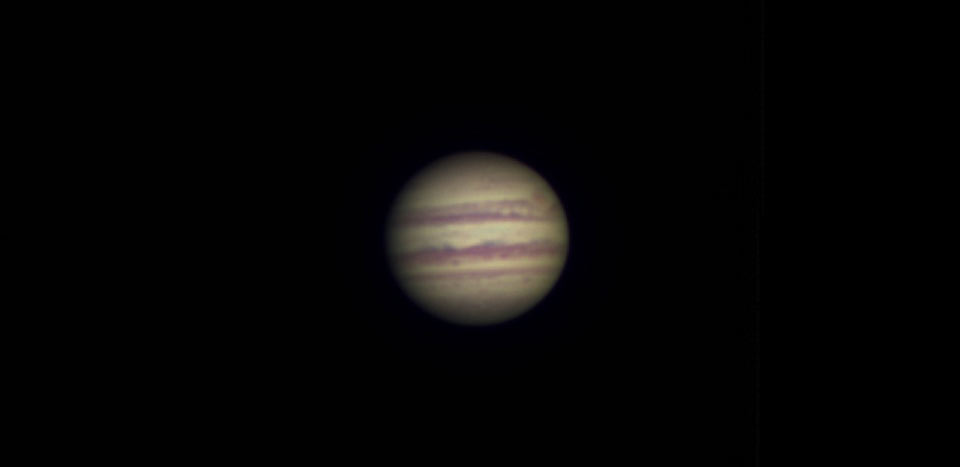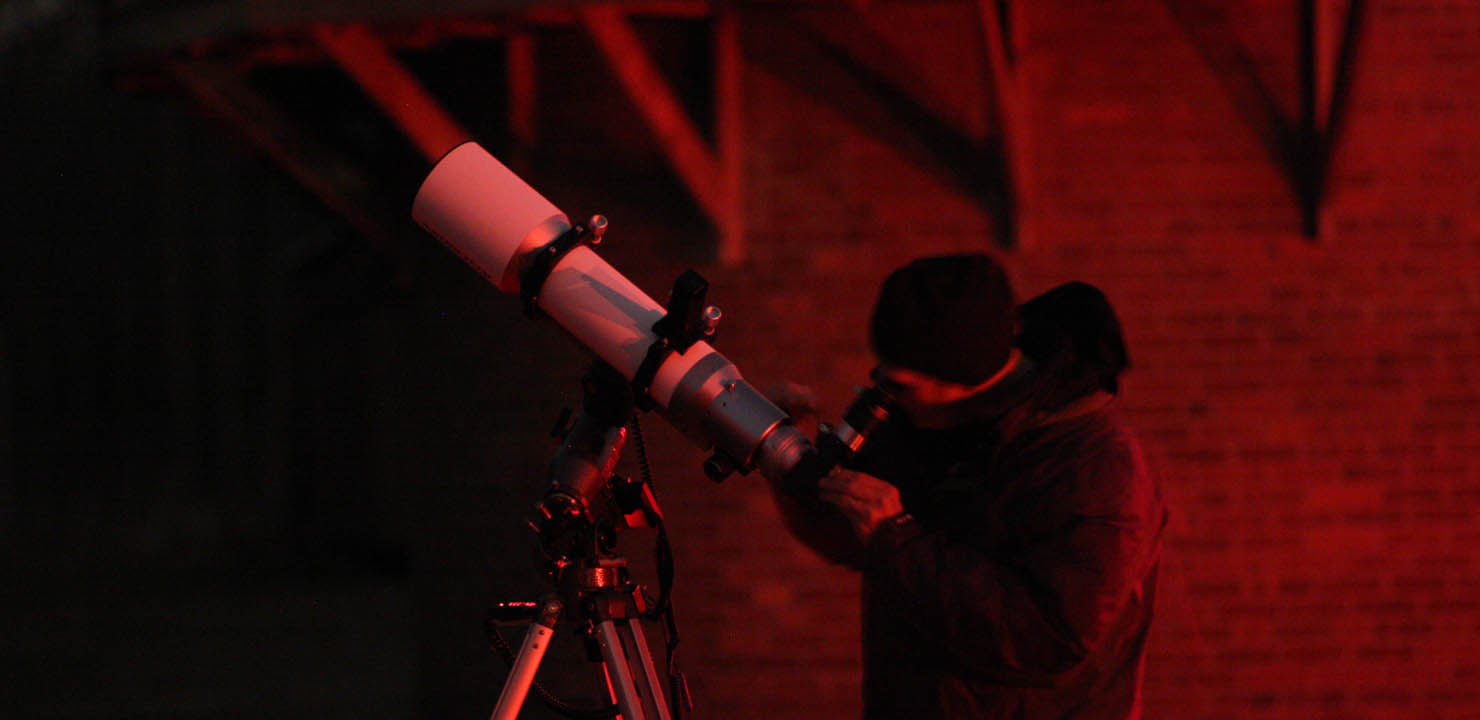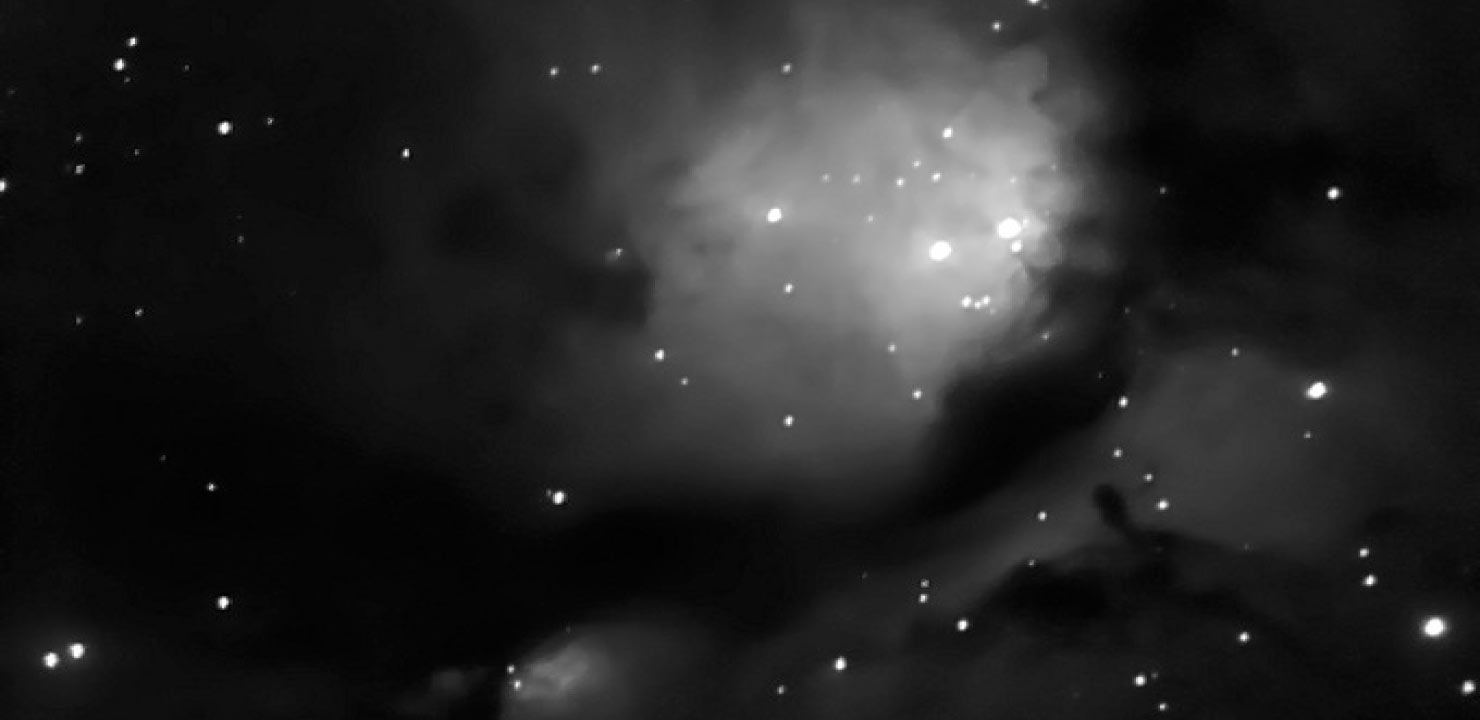March 2013
How to Color the Universe
Kim ArcandPink planets? Green galaxies? Purple blobs? Is space really so colorful? Take a tour of the multiwavelength universe from our local neighborhood, the solar system, and out to the farthest destinations in human knowledge. With data from NASA's Chandra X-ray telescope, Spitzer space telescope and Hubble, along with ground-based images from observatories and amateur astronomers from around the world, we'll take a look at what goes into the kaleidoscope of color we enjoy from our vantage point on Earth.
Kimberly Kowal Arcand directs communications for NASA’s Chandra X-ray Observatory, which has its headquarters at the Smithsonian Astrophysical Observatory in Cambridge, Massachusetts. Her research interests include studying the perception and comprehension of science images across the novice-expert spectrum. Kim is active in the creation, distribution, and evaluation of large-scale science exhibitions in public spaces such as parks, libraries, malls, and metros. Most recently, she has co-authored a non-fiction book “Your Ticket to the Universe: A Guide to Exploring the Cosmos” for Smithsonian Books, available April 2, 2013.
Related Links


Comet PANSTARRS viewing


Moon and Jupiter highlight 2013 season opener
It was nice to be back to Seagrave after the observatory had been snowed in for so long. We had clear skies and a bright waxing gibbous moon lighting up the grounds.
Bob Horton, Dave Huestis, Steve Hubbard and Jim Hendrickson provided this report.

Observatory night
A total of 25 guests enjoyed clear skies on March 30 and viewed Jupiter, the Orion Nebula and one of the open clusters in Auriga during our two hour observing session. In the field, Bob Horton brought his homemade 4.25" reflector and Conrad had first light with his new Astro-Tech 106mm refractor.
Dave Huestis and Jim Hendrickson provided this report.
See Comet PanSTARRS in March and April
: By Dave Huestis



